IT crime rise opens niche market

Local firms are using foreign tech to deal with cybercrimes -Photo: Le Toan
Nguyen Huong Giang, marketing and channel account manager of M-Security Technology Pte Ltd, told VIR that her company, a branch of multi-national company M.Tech Singapore, was distributing 20 security products for US-backed IT Blue Coat Group in Vietnam.
“M-Security Technology is also joining some major bidding packages for cyber security here. Currently we are co-operating with some governmental agencies, MobiFone, and many foreign firms in Vietnam,” Giang said, revealing that her company had a turnover of $10 million last year – a figure expected to grow by double digits this year.
“Vietnam is facing a great number of cyber attacks, while local engineers have yet to develop state-of-the-art solutions to curb them. This, however, offers good opportunities for foreign IT firms,” Giang said.
At last week’s Security World event in Hanoi, the biggest information technology (IT) event in Vietnam in 2016, many foreign IT firms aside from M-Security Technology, such as Singapore’s Parasoft, Hewlett-Packard and Intel Security from the US, and Israel’s CheckMarx, were upbeat about their business prospects in Vietnam.
Ta Dinh Duc, business manager of Intel Security in Vietnam, told VIR that although the firm had yet to build a factory in Vietnam, it wanted to increase its range of products in the country “thanks to ever-rising cyber crimes.”
Intel Security is targeting the banking sector and the government as their biggest clients. In the time to come, it will be working with several banks including Eximbank, BIDV, and Techcombank, and the ministries of Natural Resources and Environment, Foreign Affairs, and Information and Communications. The firm’s existing clients include Vincom, Vinamilk, FPT, CMC, HPT, SunViet, and MobiFone.
In another case, Nguyen Van Son, technical manager at Mi2 Company and distributor of the source code analysis IT solution from Israeli-backed CheckMarx Group, told VIR that his group would introduce more anti-cyber attack solutions in Vietnam to complement the solitary one in effect at present – CxSAST.
CheckMark’s CxSAST gained attention from the media and visitors, as it allows organisations to automatically scan un-compiled code and identify hundreds of security vulnerabilities in most coding languages.
According to Cisco Vietnam general director Luong Thi Le Thuy, cyber criminals are developing increasingly sophisticated technologies and tactics to extract money, data, and intellectual property from their victims and to evade detection.
“The cyber security situation in Vietnam is alarming, requiring urgent attention from organisations and businesses to find proper IT solutions to protect themselves from suffering an irreversible security breach,” Thuy said.
Vietnam’s information security market has become increasingly complicated over recent years. As the rise of IT applications continues apace, so too the number of cyber-attacks on government agencies and enterprises increases commensurately.
Findings by Vietnam Computer Emergency Response Teams (VNCERT) show that there were more than 31,000 security incidents in Vietnam, including 5,898 phishing attacks, 8,850 website defacement cases, and 16,837 malware attacks between December 2014 and December 2015.
In the first nine months of 2015, VNCERT discovered nearly 18,100 malware-hit websites, including 88 websites and portals of state-owned organisations. There were 7,421 website defacements, including 164 websites and portals of state-owned organisations.
Ngo Viet Khoi, an IT expert from Vietnam’s Cloud Security Alliance, said that for decades, information security had not been respected in Vietnam.
“Investment in information security is not prioritised in budgetary discussions, which has led to the lack of a well-trained workforce.”
“We have no right to stand apart from the vulnerabilities that the whole rest of the world has to handle. However in Vietnam, this issue is not considered as users underestimate the consequences of these vulnerabilities,” he said.
What the stars mean:
★ Poor ★ ★ Promising ★★★ Good ★★★★ Very good ★★★★★ Exceptional
Latest News
More News
- Home firms make M&A presence felt (November 27, 2024 | 09:33)
- Thailand's BCPG invests $130 million in Gia Lai wind power plants (November 26, 2024 | 15:08)
- The 16th Vietnam M&A Forum: A Blossoming Market (November 26, 2024 | 13:53)
- Posco interested in $2.2 billion Quynh Lap LNG thermal power plant (November 26, 2024 | 13:50)
- $1.4 billion Nhon Trach 3 and 4 to operate in 2025 (November 26, 2024 | 13:37)
- Hung Yen focused on attracting high-tech FDI (November 26, 2024 | 13:20)
- Foreign investors flock to invest in southern provinces and cities (November 26, 2024 | 10:00)
- Trump may mean challenges for Vietnam but FDI remains strong (November 26, 2024 | 08:30)
- HCM City set to welcome fresh wave of US investment (November 26, 2024 | 08:00)
- Dynamic M&A landscape felt in food and beverages (November 25, 2024 | 16:21)

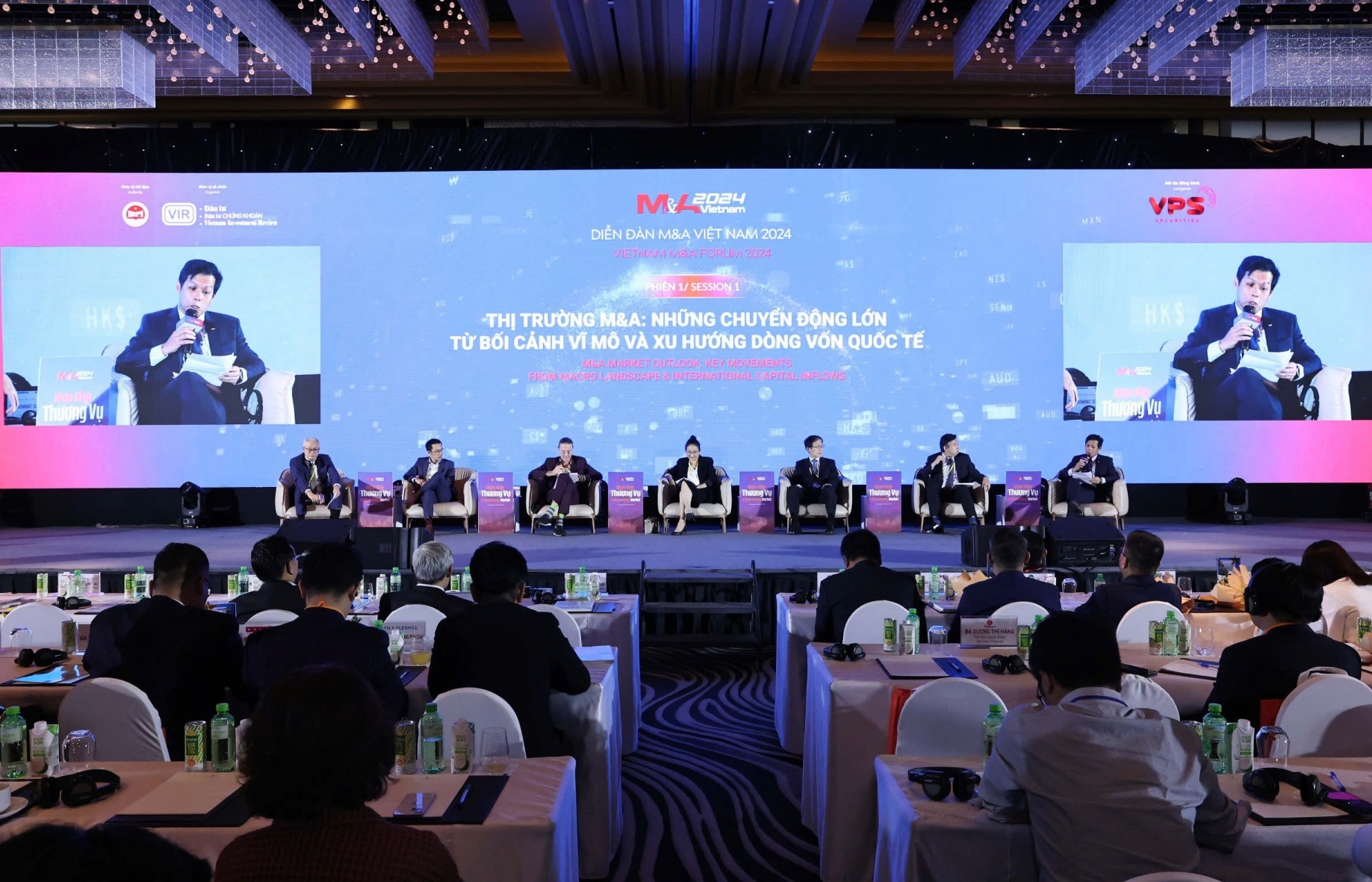

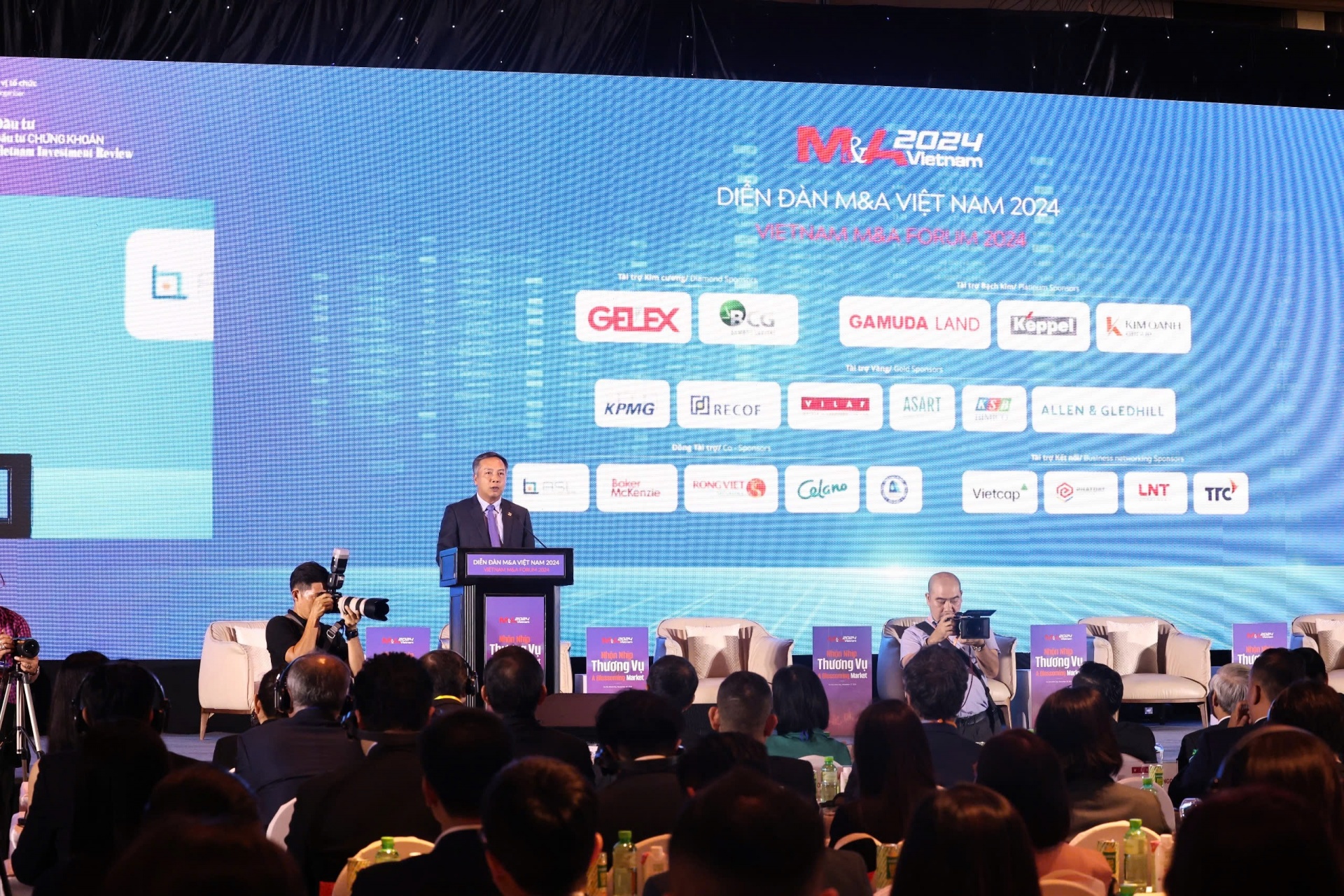


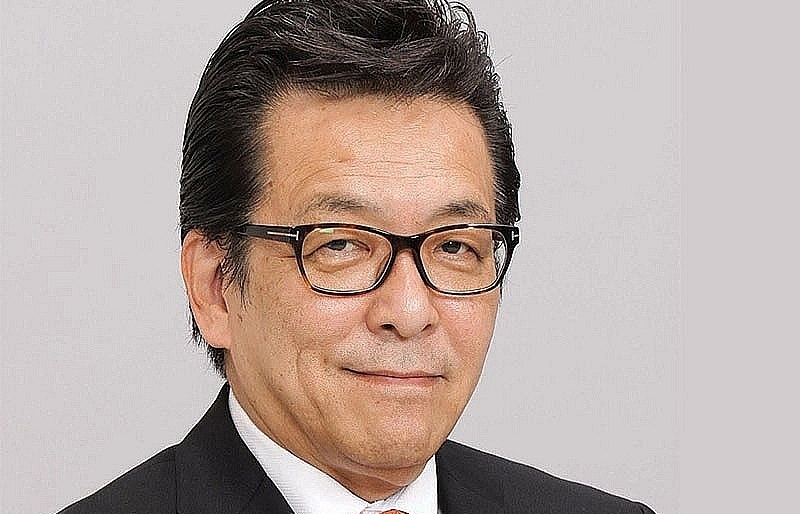



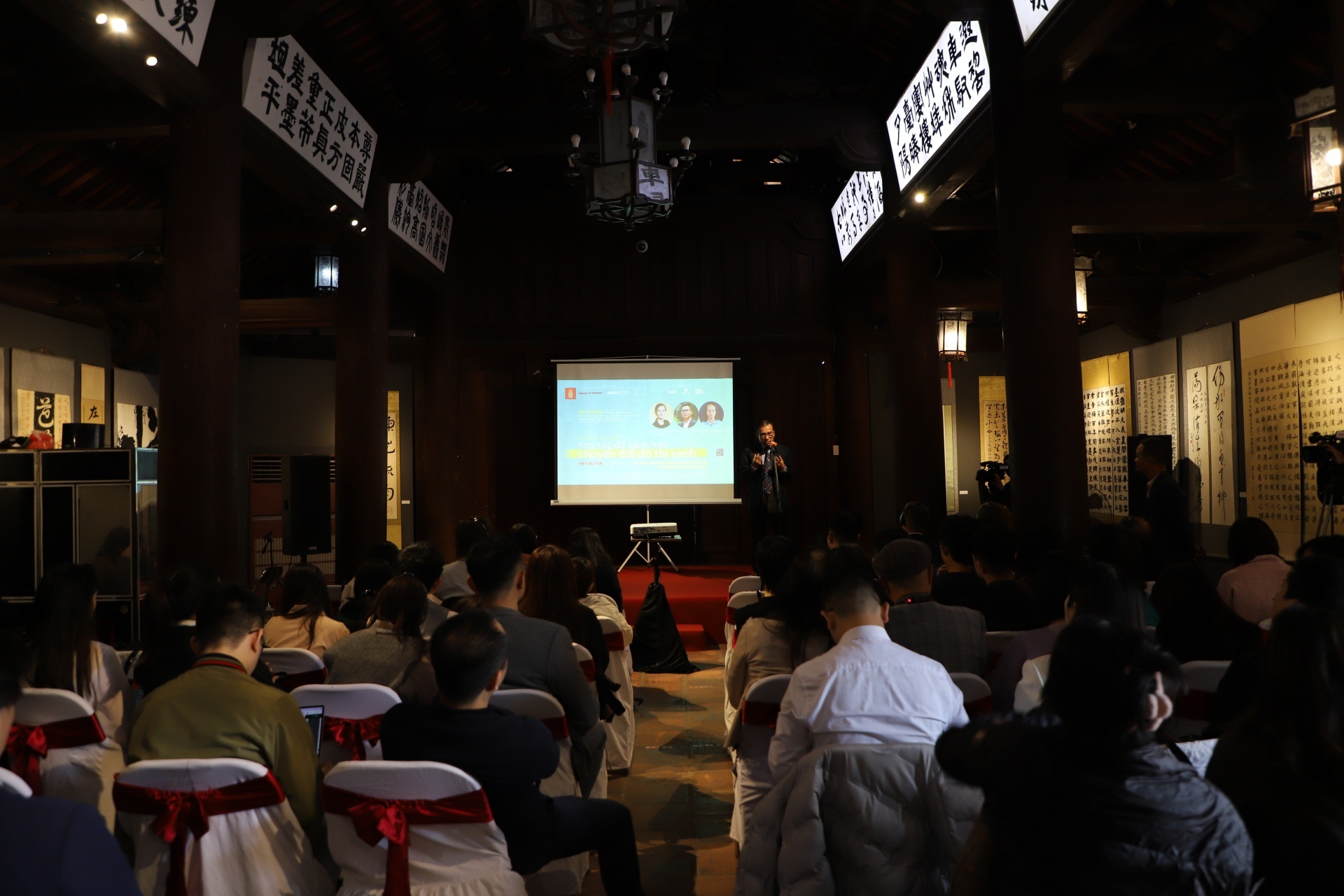
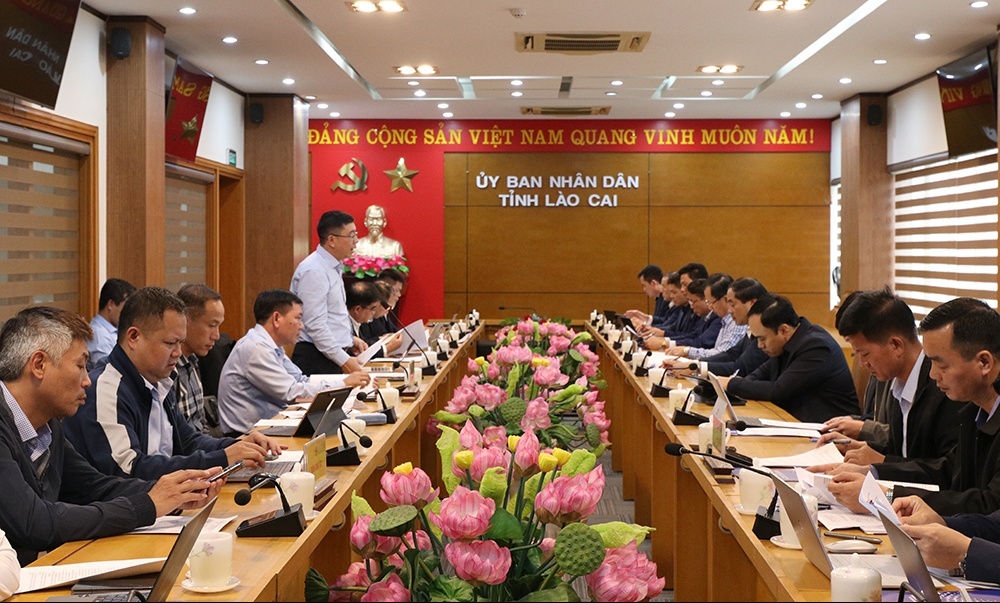





 Mobile Version
Mobile Version